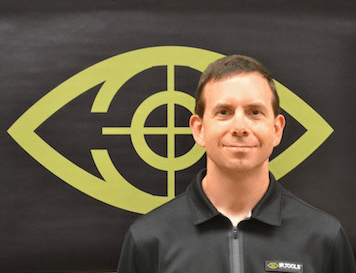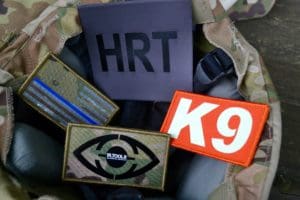Marker Placement Matters!
When it comes to enhancing the visibility of the IR.Tools Extreme Thermal Vehicle Markers, especially in conditions where air conditioning ducts are in the vehicle’s ceiling, the placement plays a crucial role.
Understanding Roof Cooling and Its Impact
Many SUVs are designed with air conditioner ducts located in the ceiling. While this design provides comfort to the passengers, it can inadvertently affect thermal visibility. The cooling effect from these ducts may extend to the roof, leading to a situation where your thermal markers become less apparent.
Strategic Placement for Maximum Effectiveness
To ensure that your thermal markers remain highly visible, it’s essential to place them strategically, avoiding the roof areas affected by the air conditioner’s cooling. Here are some recommended placement ideas:
- In Front of the Light Bar: Positioning the markers here keeps them away from the cooled roof areas, maintaining their visibility.
- On the Hood: This provides an ideal vantage point, away from roof cooling interference.
- On the Trunk: Another viable option to ensure the markers are not obscured by cooling effects.
Key Takeaway
Avoid placing the thermal markers directly over or near the air conditioning ducts. By positioning them thoughtfully, you can ensure optimal visibility and performance.
Need Assistance?
If you need further guidance on placing your Extreme Thermal Vehicle Markers, feel free to reach out to us. Visit our website at IR.Tools for more information. We look forward to helping you achieve the best results with our products.
The Author: Tom Boyer

Since 2006, Tom has been the driving force behind IR.Tools, dedicated to delivering top-notch infrared solutions to the military, law enforcement, and sportsmen communities.
What began with a single infrared patch has blossomed into a comprehensive store featuring hundreds of IFF patches, vehicle IFF, an extensive suite of thermal training targets, and tools for drone pilots.
Beyond his innovative products, Tom is passionate about educating users on infrared technology and showcasing how advancements in IR can enhance their operations.
Tom holds an MS in Mechanical Engineering from the University of Maryland and an MBA from Regents University.


